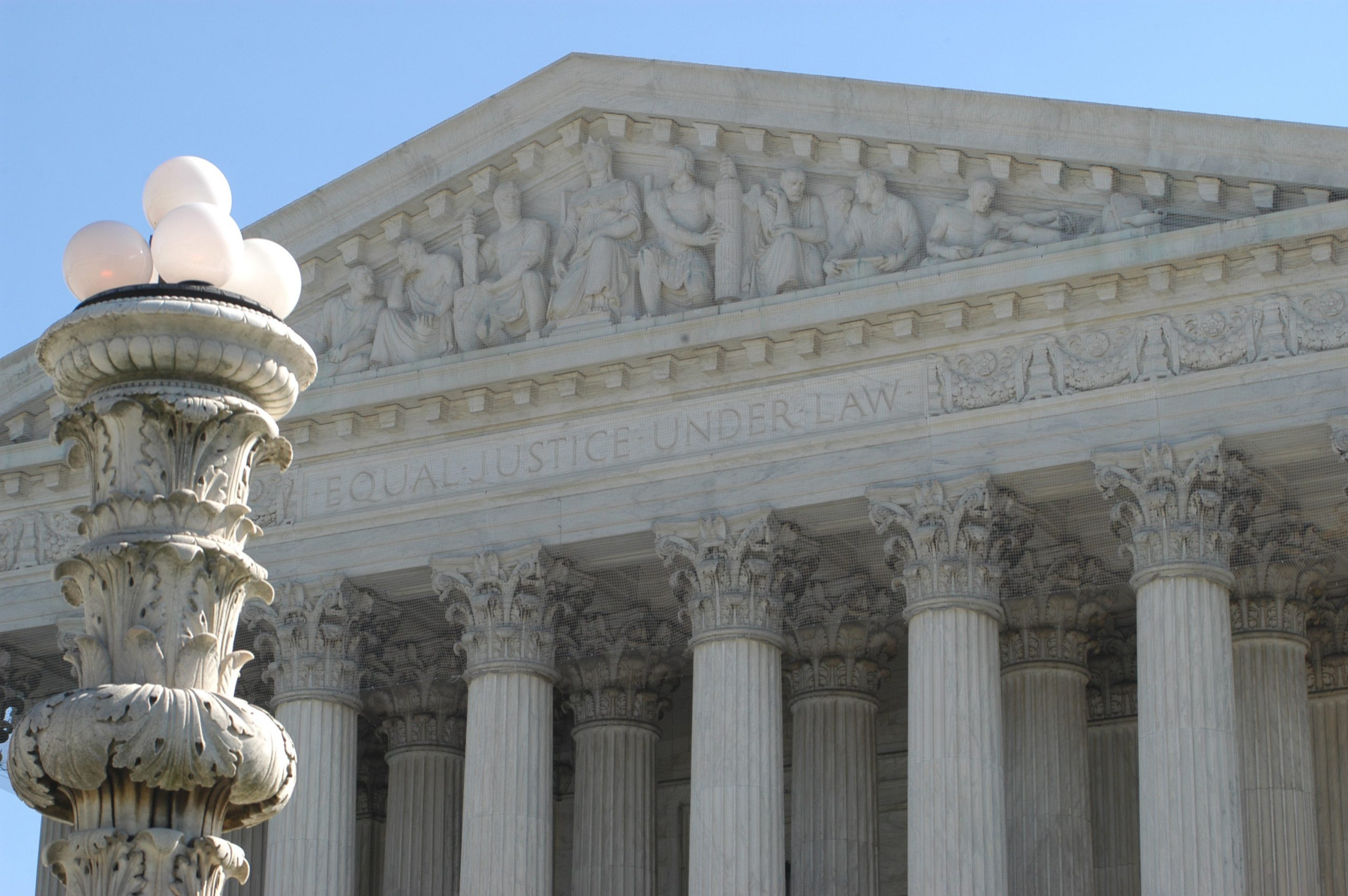The No Fly List is a highly debated and often misunderstood aspect of air travel security. Operated by the U.S. government, this list prohibits individuals deemed to pose a threat to aviation security from boarding commercial airplanes. But what exactly is the No Fly List, how does it work, and what are the implications for individuals placed on it? Recent legal challenges, including a case that reached the Supreme Court, have brought increased scrutiny to this controversial system.
To understand the No Fly List, it’s crucial to delve into its origins and purpose. Established in the wake of terrorist attacks, the list is managed by the Terrorist Screening Center (TSC), a multi-agency body administered by the FBI. The TSC consolidates terrorist watchlists from various government agencies to prevent known or suspected terrorists from boarding flights within, into, or over the United States. Individuals placed on the No Fly List are typically flagged as potential threats based on intelligence gathered by law enforcement and intelligence agencies.
However, the criteria for being placed on the No Fly List have long been a source of contention. Critics argue that the process lacks transparency and due process, leaving individuals with little recourse to challenge their inclusion. Stories of individuals, including U.S. citizens, being mistakenly placed on the list and facing significant travel disruptions have fueled concerns about its accuracy and fairness. These disruptions can range from missed flights and travel delays to more severe consequences, impacting personal and professional lives.
One such case that highlights these concerns is that of Yonas Fikre, a U.S. citizen who found himself on the No Fly List. Fikre’s experience, which involved detention and alleged mistreatment abroad after learning of his placement on the list, became the center of a legal battle that recently reached the Supreme Court.
 Yonas Fikre case against the FBI reached the Supreme Court.
Yonas Fikre case against the FBI reached the Supreme Court.
Fikre sued the FBI, alleging that his constitutional rights were violated when he was placed on the No Fly List. The government initially removed Fikre from the list and argued that his lawsuit was moot, meaning it was no longer a live controversy. They pledged not to put him back on the list “based on the currently available information.” However, the Supreme Court, in a unanimous decision, rejected this argument.
Justice Neil Gorsuch, writing for the court, emphasized that the government’s promise was not sufficient to dismiss the case. The court reasoned that the government had not met the “formidable burden” of proving that they “cannot reasonably be expected to” relist Fikre in the future. The court highlighted that the government’s pledge was conditional, based only on “currently available information,” leaving open the possibility of relisting Fikre if new information arose or if he engaged in certain activities in the future.
This ruling is significant because it allows Fikre’s lawsuit to proceed, potentially shedding further light on the processes and justifications behind No Fly List placements. It also underscores the Supreme Court’s skepticism towards government assurances of non-recurrence in cases where individuals claim their rights have been violated.
While the Supreme Court’s decision in Fikre v. FBI does not directly address the criteria for being placed on the No Fly List, it reinforces the importance of due process and the ability to challenge government actions, even in matters of national security. The case now returns to lower courts, where further proceedings could reveal more about the government’s rationale for placing individuals on this list and the extent to which individuals can seek redress.
The No Fly List remains a complex and controversial tool in the government’s counterterrorism efforts. While intended to enhance air travel safety, its lack of transparency and potential for error raise significant civil liberties concerns. The Supreme Court’s ruling in the Fikre case signals a potential shift towards greater government accountability and may pave the way for more robust legal challenges to No Fly List placements in the future. For travelers, understanding what the No Fly List is, its potential impact, and the ongoing legal debates surrounding it is increasingly important in navigating the landscape of modern air travel security.
